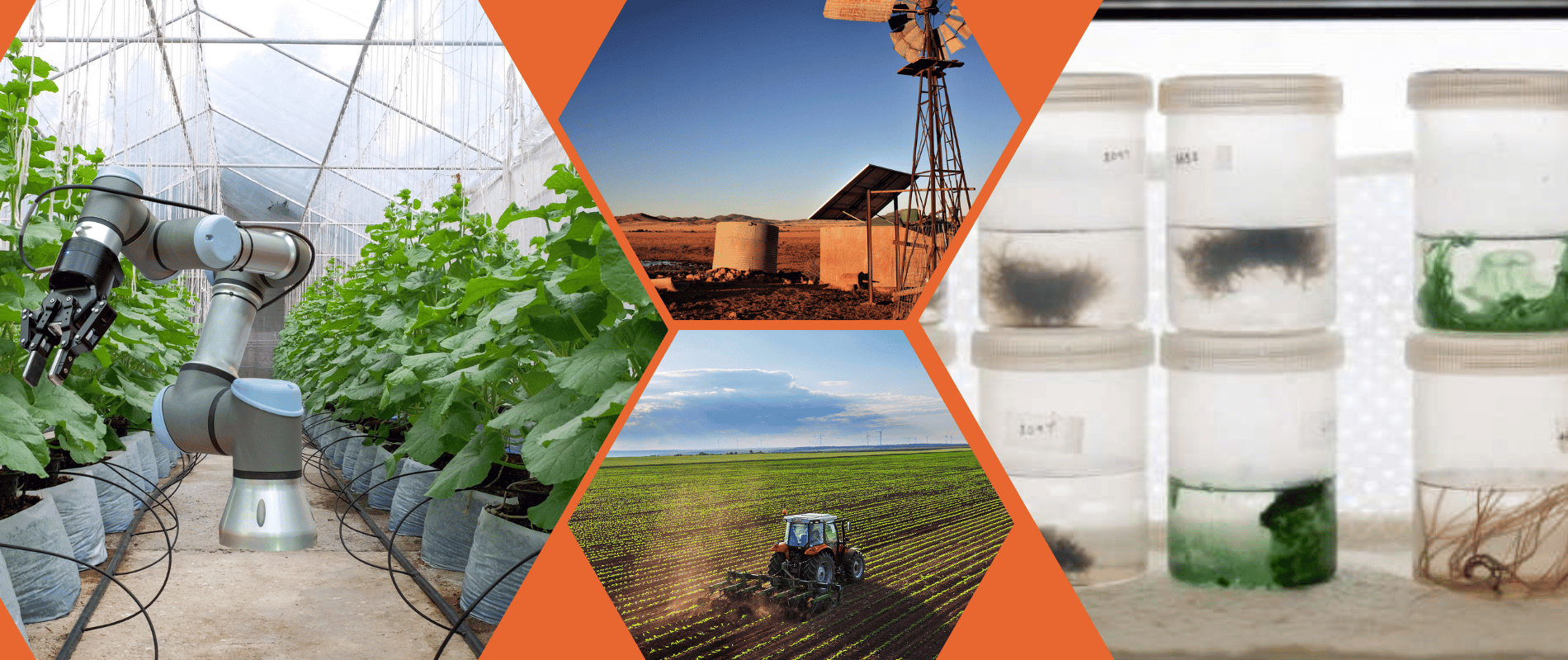Each year in October, I teach some of the lectures for one of the first-year biology courses at ANU – BIOL1009, Diversity of Life. Earlier in the course, students learn about the incredible array of life forms that occupy terrestrial, aquatic and marine environments. The course covers the timeline of plant evolution, starting with emergence of aquatic algae over 550 million years ago (mya) through to the emergence of land plants 475-430 mya. While the evolution of different types of plants is in itself fascinating (for example, the emergence of seed plants about 360 mya), I am always struck by the impact of the spread of land plants on the Earth’s systems and how management of plants is crucial for human survival.
One example is how the increase in land plants changed atmospheric chemistry. Prior to the proliferation of land plants, atmospheric carbon dioxide concentrations were 10-20 times that of now. As land plants spread, the process of photosynthesis reduced carbon dioxide levels and increased oxygen concentrations. Another example is how land plants changed the geological composition of sediments in continental crusts. Prior to the spread of land plants across the planet, terrestrial surfaces would have been devoid of life – not unlike the NASA images from Mars. However, this changed as plants gained a foothold on land surfaces. In a recent paper, Spencer et al. 2022 highlight how plants changed how water flowed across land surfaces, with consequences for surface stability and weathering. Plants also mined the surface, taking up nutrients that were ultimately released into lakes and oceans. Muddy floodplains, thick soils and carbon rich deposits formed – deposits that ultimately accumulated in sediment rocks. Thus, by evolving to occupy land surfaces, plants have dramatically altered not just the atmosphere, but also the geological composition of the Earth.
Another area covered in the course is how plants depend on access to essential nutrients. One of the most important is phosphorus – a macronutrient that is needed for the synthesis of nucleic acids, membranes, and energy to enable plants to grow and survive. Not surprisingly, phosphorus is a key component of inorganic fertilisers used by farmers, with high yields being dependent on its availability. Phosphorus supply is thus important. Most of it comes from rock phosphate – a finite resource that cannot be taken for granted. Indeed, depending on our ability to identify new reserves of rock phosphate – strategies to minimise over fertilisation of crops, technologies to capture phosphorus from waste water, and innovations to increase how efficiently phosphorus is used by crops – we could reach ‘peak phosphorus’ (akin to ‘peak oil’) at some point in the next several decades. These issues were covered nicely in a recent article in the journal Nature Plants.
These two examples highlight the intertwined nature of plants and Earth system, and how we need to understand these processes if we are to better manage our environments and put in place strategies to ensure global food security.
With respect to food security, I was pleased to attend the CropLife Agricultural Industry Federal Budget Breakfast last week to hear Minister for Agriculture Murray Watt outline the Government’s priorities in the agricultural domain. In his speech, Senator Watt highlighted the biosecurity threats facing the livestock and cropping sectors, agricultural workforce issues and the need for Australia to increase our ability to add value to our agricultural output. The latter included a commitment to invest in a $16 million agri-tech hub in Western Sydney. Climate change also featured strongly, with the Minister focusing on the Government’s recent commitment to reduce methane production by a range of industries, including agriculture. He also highlighted the need to invest in ‘climate-smart’ agriculture – an area that aligns well to the proposal for a National Mission for Future Crop and Community Resilience.
October was also an opportunity for CEAT and others at ANU to show off the University’s grains research and infrastructure capabilities to the Managing Director of the Grains Research and Development Corporation (GRDC), Nigel Hart, and Head of Industry and Government Relations at the GRDC Justin Crosby. You can read more about the visit here.
We also hosted an online event linking CEAT Hub members with a range of start-ups at the Barn4 Hub in the UK. Barn4 is an agri- tech incubator in Cambridge, UK, with a similar mission to the CEAT Innovation Hub.
Finally, as I noted last month, we are expanding the CEAT Innovation Hub, opening up more space for agri-tech businesses who want to experience the unique benefits of being co-located with ANU’s world-class researchers, and state-of-the-art infrastructure and equipment. You can hear from some of our Hub members about the benefits in a short video here and get more information about joining the Hub here.
Best wishes. And make sure you read our CEAT newsletter!
Thank you.
Owen Atkin, Director, CEAT
